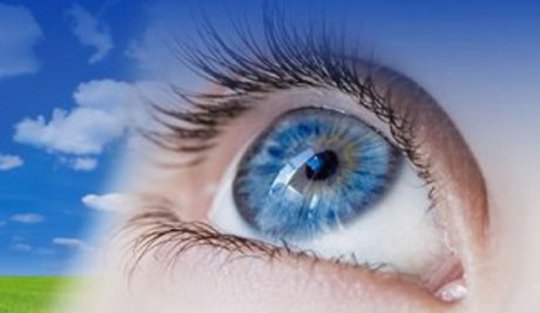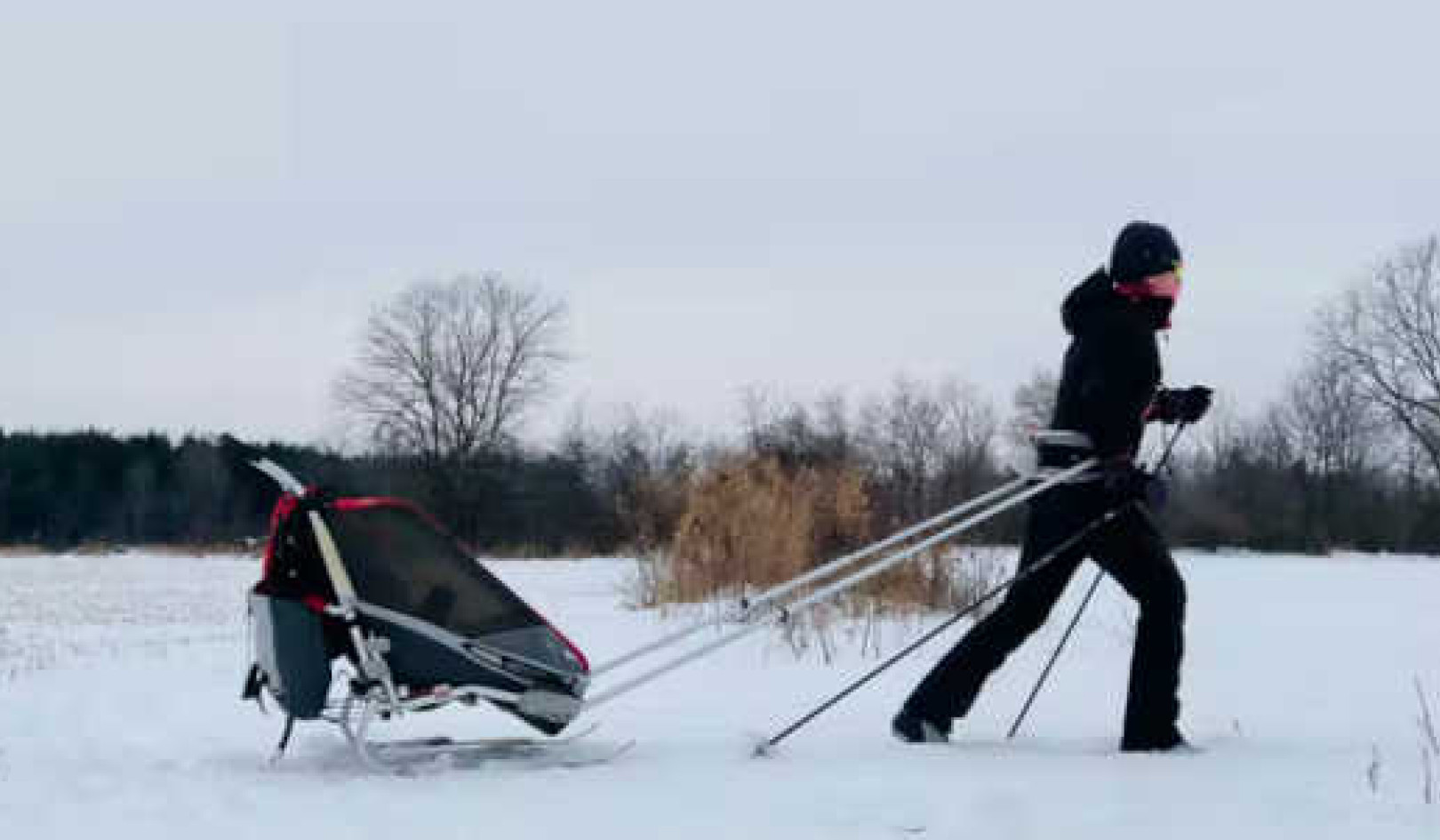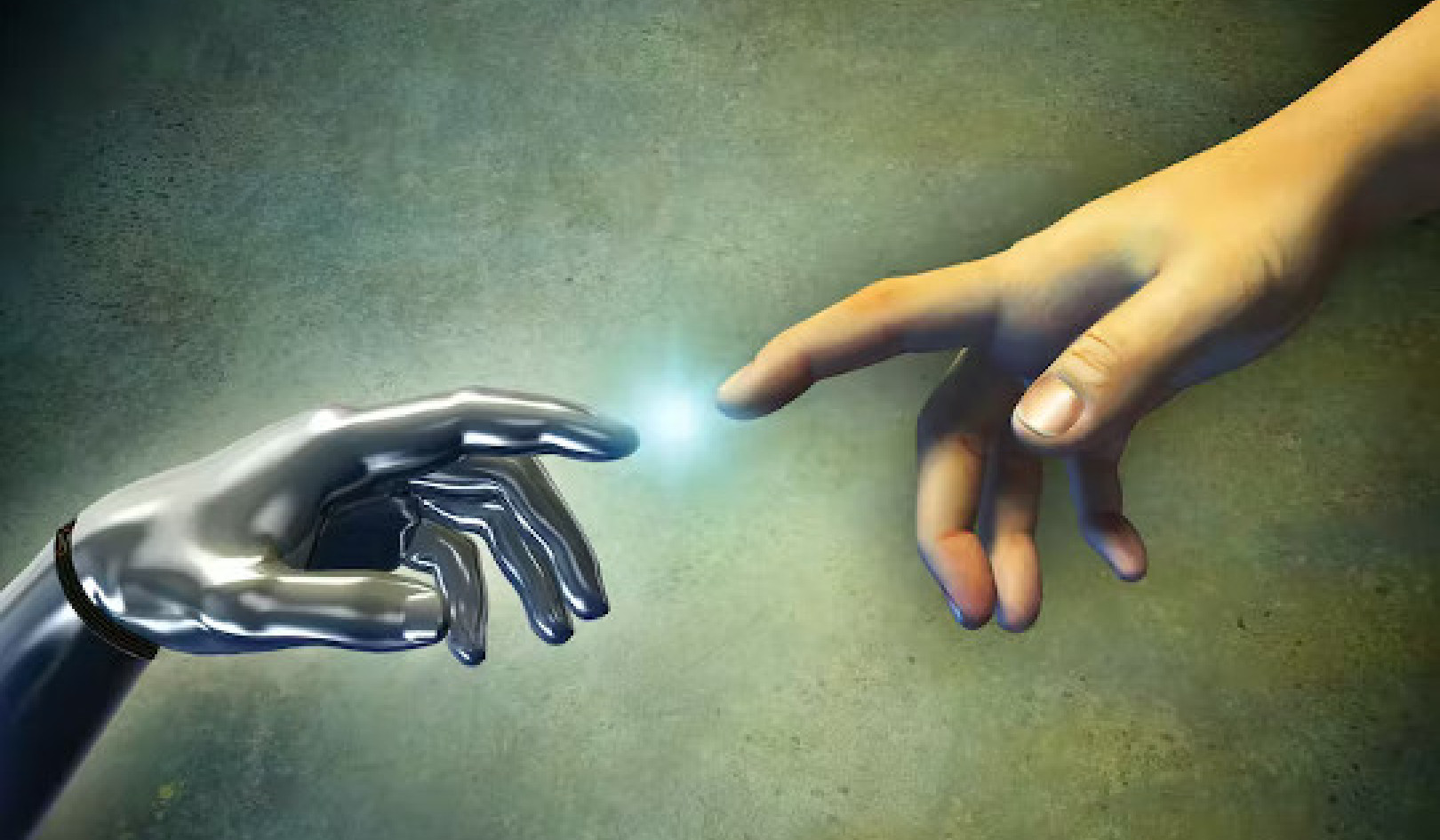
 ithout warning, my blurry vision spontaneously cleared to virtually 20/20 sight for a few seconds. At that moment I knew what the expression "breathtaking" meant; the sheer exhilaration almost caused me to stop breathing. My stunned reaction occurred because my high-prescription "Coke-bottle" glasses were in my coat pocket while I was walking along the sidewalk! It had been almost thirty-five years since I'd been able to see that clearly and naturally with my own eyes, unaided by the artificial clarity of strong glasses.
ithout warning, my blurry vision spontaneously cleared to virtually 20/20 sight for a few seconds. At that moment I knew what the expression "breathtaking" meant; the sheer exhilaration almost caused me to stop breathing. My stunned reaction occurred because my high-prescription "Coke-bottle" glasses were in my coat pocket while I was walking along the sidewalk! It had been almost thirty-five years since I'd been able to see that clearly and naturally with my own eyes, unaided by the artificial clarity of strong glasses.
I'd heard of people having a religious experience or a spiritual awakening. Whether the emotional surge I had at that moment of sudden visual clarity could be described in such potentially life-altering terms, I can't say for sure. Regardless of the significance of such an overpowering sensation, the event dramatically changed my notions about eyesight and vision health. It gave me a whole new "outlook" on life.
The reason my glasses were in my pocket that day wasn't because I'd broken them. Rather, I had been purposely not wearing them for long periods as part of my experiment with Natural Vision Improvement (NVI), also called the Bates Method. A few weeks earlier, I had purchased an obscure paperback originally published in 1929 entitled Better Eyesight Without Glasses, by Harry Benjamin. I had been following Benjamin's advice each day when, out of the blue, I was rewarded with such remarkable yet fleeting clarity. The planted seed had begun to germinate.
Not only has my commitment to improving my eyesight by natural means been personally fulfilling, it has also been a motivation to reach out to others. My NVI "tree" has branched out to bear fruit in the form of the book you are reading.
Tao
You may once have said to someone, "The journey of a thousand miles begins with a single step" and not realized you were dispensing a gem of Taoist wisdom. If you're unfamiliar with Taoism, its origins date back about twenty-five hundred years ago to a wise old man by the name of Lao Tzu (other variations: Lao Tse or Laozi). Legend has it that this mysterious man wrote the Tao Te Ching (pronounced "dow deh jing"). The immense wisdom contained in this surprisingly short but classic work is truly remarkable. Good things do come in small packages, because the Tao Te Ching is a lucid masterpiece on the art of living. The messages are both philosophical and spiritual. Learning to be guided by the inner rather than the outer light is a huge part of coming to grips with what life throws us. Understanding the concept of inner and outer vision is equally relevant in regaining the purity and clarity of natural eyesight.
The theme on which this book is based is the concept of Tao. It is an elusive term that is difficult to precisely translate into English. The first parallel that Westerners may immediately think of is God, but the Tao is not defined as a personal, judgmental deity. According to Huston Smith, it is literally translated as "Way" or "Path"; it's the mystical way of reality, the eternal rhythm in the universe, nature, and human life. George Lucas's Star Wars characters could perhaps just as easily have said, "May the Tao be with you." Or instead of "going with the flow," we could say we're "going with the Tao."
Tao Te Ching, then, can be roughly translated as "The Book of the Way" or "The Way and Its Power." The over forty different English versions of the ancient Chinese text give an indication of just how challenging is the task of creating a definitive translation. The versions I've chosen to quote throughout the book are by Gia-fu Feng and Jane English, Thomas Cleary, Ellen M. Chen, and Stephen Mitchell.
Journey
My introduction to the world of prescription eyewear began in grade four. As I sat in the classroom one day, the desk suddenly seemed to move around me. The entire room then started to spin. The vertigo attack left me queasy and clammy, and I obviously didn't look well to the teacher. The next thing I recall was visiting the school nurse's office, where my vision was tested by having me read an eye chart. The nurse recommended an eye examination by a specialist. Whether it was an optometrist or an ophthalmologist, I don't know, but the result was my first pair of glasses.
The novelty of wearing glasses was fun at the beginning. But the novelty quickly wore off; the fun turned to loathing as my lenses got thicker each year. The impediment of glasses led me to reflect about my fate more than once: Why do I have such lousy eyesight? If people in ancient times had vision this poor, how did they function before glasses were invented? How on earth did they manage to do things and get around with such blurry sight?
I also remember reading that my condition, myopia (also called nearsightedness), was hereditary. This made absolutely no sense to me at the time. Neither of my two brothers was nearsighted. Nor did my parents have myopia as children (although they did eventually get glasses as adults, their prescriptions were very weak compared to mine). None of my grandparents had glasses for myopia when they were young either. My instincts were giving me a message that something was amiss.
As an adult, I eventually converted to contact lenses for a more natural appearance, but I soon found as many irritating (literally!) things to despise about them as with glasses. Then one day while I was reading an alternative health magazine dedicated to nutrition and good lifestyle habits, I came across a very brief reference to a controversial eye doctor by the name of William Horatio Bates. The piece stated he had written a book in the early 1900s entitled The Cure for Imperfect Sight by Treatment Without Glasses.
I immediately "knew" my childhood instincts were right. I was convinced from the start that this was another example of suppression by conventional medicine, the same establishment that once supported tobacco use, claiming it was harmless to health. Although I was unable to locate a copy of Bates's rare book, I did find Harry Benjamin's book, loosely based on Bates's original work. This was my first step on the journey of NVI.
Benjamin suffered from severe myopia at a very early age. He was only four years old when he was prescribed very strong lenses. His eyesight progressively worsened in his youth until age twenty-six, when he was prescribed the strongest lenses the opticians could offer. The eye doctor advised him to quit reading, since the strain could very well endanger his eyes, resulting in more serious problems and even permanent blindness. Benjamin was saved from this grim prognosis when a friend gave him a copy of Bates's book. Because Benjamin was not supposed to read, his brother read the book aloud to him. It was over a year after he began practicing the method in earnest that Benjamin could read his first book without glasses, "very slowly and painfully." At the time his book was published, he said, "It is now two-and-a-half years since I left off my glasses, and I am able to read and write quite well. My distance vision is not so good, but I see sufficiently well to be able to get about all over the place with ease and comfort."
Reading about Benjamin's personal improvement was both inspirational and cautionary. This method was obviously no miracle or instant remedy, yet it did seem to have some merit. Although my nearsightedness was considered high myopia, it was nowhere near the severity of his extreme myopia. If he could benefit as he did, surely the method would help me improve my vision. I had no idea how long it would take or what was in store, but I was motivated to get started and saw no risk in trying. Nothing ventured, nothing gained.
The path was indeed dim, because there was no orthodox support locally. There were also no Bates instructors nearby (at the time I didn't even know people taught his method), so all I had to guide me was Benjamin's information. I soon had the unexpected and surprising glimpse of near-perfect vision that I previously described. That brief period of clarity confirmed that the method was working.
At that stage, I was hopeful my rate of improvement would be fairly swift, yet it wasn't to be. The path of improvement was a long journey that seemed to retreat many times. It also felt slow, lonely, and frustrating, and I considered giving up more than once. But I remembered Benjamin's advice to have "faith, patience, and determination." Taoism also reminded me to be patient: "He who strides cannot maintain the pace."
I yearned to get my hands on Bates's writings to find out what I might be missing or perhaps doing wrong. Eventually the Internet arrived, and this opened up a wealth of information about the Bates Method. I studied several books on NVI, including a reprint of Bates's original 1920 book. These books explained many of the phenomena I had been experiencing on my own. The material helped solidify my belief that NVI was the proper path to follow. My vision has continually improved because of my conviction to stay the course. The gains have been gradual, but they've accumulated dramatically over the long run.
For example, early in my NVI program I took the plunge with naked eyes during office meetings to help wean myself from the strong prescription lenses. My natural sight at that point was so fuzzy (technically, I was legally blind without glasses) that I had tremendous difficulty making out facial features of people three feet across the table from me. The eyes, nose, and mouth of a person's face would be awash in a homogenous, skin-toned hue. My vision gradually improved -- month by month, year by year -- beyond this abysmal state to a point where I could see remarkably well at much greater distances, even under low light conditions.
I eventually got to the point where I could function quite well without the aid of prescription eyewear for most activities, including golfing. It was during a golf game with my wife late one summer evening that I realized how far I'd come since I started the journey. We were getting in the last couple of holes at dusk, and I was relying solely on my natural eyesight. While standing on the teebox of a par-four 396 yards long, I looked toward the green and could see the flag on the pin distinctly from that distance. I also watched the player ahead, carrying his golf bag on his shoulder, walking on the front fringe of the green.
I mentioned my observations to my wife without a response (she'd gotten so used to my reports of improved clarity that she had became blasé). So when I mentioned it again, she decided to test me. She asked what color the flag was. There were three possible choices depending on where the hole was cut -- blue for back of green, yellow for the middle, or red for the front. Without hesitation, I answered yellow, because that's clearly what I saw -- no guessing. Although she verified it, the confirmation wasn't necessary; I knew what I had seen was correct.
At the risk of sounding melodramatic, I can assure you that the before-and-after states feel remarkably different. Sure there was clarity with artificial lenses, but the vision was very harsh, distorted, and two-dimensional. The world was also a very frightening and threatening place; the strain and adaptation required to see through powerful, rigid glasses under constantly varying lighting conditions throughout each day took a real physical and psychological toll.
With good vision the way nature intended, the world is a sight to behold! I marvel at the true depth perception, shimmering colors, and vivid textures. I actually have the sensation that I'm fully immersed in my surroundings, not just a spectator. My natural vision at its clearest moments brings about a relaxed, euphoric, and blissful state of body and mind that I never before knew was possible. Stumbling upon the road of vision improvement has been a blessing and a multifaceted adventure. Most of all, it's been a liberating journey.
The Way from Excess
Experts have been studying the eye from many different angles for over a couple of centuries, yet the researchers seem no closer to understanding how vision really works than when the quest first started. Several theories suggest how the eye "probably" focuses, and at least nineteen theories have been postulated about the cause of myopia.
Opinions also vary widely on how to treat myopia. Many vision professionals firmly believe that myopia is neither preventable nor reversible, a belief that conforms to the orthodox view in Bates's day. Others believe the condition is preventable but irreversible, while precious few believe it to be both preventable and reversible. All this muddled science would be whimsical if the consequences weren't so dire. Myopic children not only become addicted to prescription lenses for a lifetime of dependence, but their vision continues to deteriorate because of this dependency. Studies indicate that myopia is a major factor behind vision impairment and blindness in adults.
It was within this depressing framework that Bates abandoned orthodox theories and methods of treatment. The crux of NVI can best be summed up by the message I found in a fortune cookie one night at a local Chinese restaurant: "Nature, time, and patience are the three great physicians."
Excerpted with permission from:
 Restoring Your Eyesight A Taoist Approach
Restoring Your Eyesight A Taoist Approach
by Doug Marsh.
Reprinted with permission of the publisher, Healing Arts Press, a division of Inner Traditions International. www.innertraditions.com. ©2007.
 About the Author
About the Author
Doug Marsh, a professional engineer and vision educator, has extensively studied natural vision improvement and the mind/body interface as it relates to eyesight. The natural Taoist approach has greatly reduced his nearsightedness while also relieving the symptoms of a TMJ/inner-ear disorder. Most days he experiences brief, spontaneous “flashes” of near 20/20 eyesight, an encouraging sign that his vision continues to heal. He lives in Canada.























